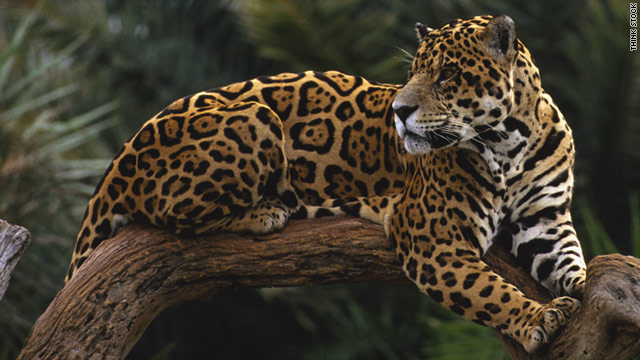
Wood is spectacular! It's flexible, strong, burnable, pulp-able. It's also very pretty—have you ever looked closely at the grain of wood?
 |
| A dense rainforest in Washington State. A pair of Hyacinth Macaws in their nest in the Amazon Rainforest. Aren't they cute together? |
 |
| Bacteria in a pond. |
...But! Forests are spectacular too! They host a diversity of life that's seldom found anywhere else. They are homes for billions upon billions of plants and animals, from the tiniest weevil to huge eighteen foot-long anacondas. Not to mention other life forms as well—there can be as many as one billion bacteria in a single teaspoon of nutritious forest soil. Forests are one big pile of life, all living and breathing together.
Logging has become more and more of an issue for forests all around the world, especially around the tropics where the jungles are wonderfully vibrant and filled with exotic and expensive woods. There are many different ways to cut down trees, each with its own environmental factors. Conservationists predict that if logging continues at the rate its going now, then over half the Amazon will be forested no more by 2030.
 |
| This jaguar needs lots of space to hunt. If too much forest is cut down, it will become endangered, then extinct. |
One common method of logging is the 'Slash and Burn'. With this method, all the trees in the area are cut, then, to enrich the soil for the next crop, the logger burns all the stumps and brush on the ground. This burning returns the minerals to the soil, but even with the deadly blaze plant life cannot grow in its former abundance for fifty years or more.
The tools used to cut down trees are super high-performance, and make cutting a swath a breeze. Check out the video below and you'll know what I mean!
Many non-recycled paper products are made from trees taken from virgin forests, and are doing their own small part in the massive-scale deforestation of the Earth. Something as innocent as tissues for blowing your nose are usually taken from forests that have been standing for as long as humanity (and the many billions of flora and fauna living in said forest) can remember.
What can you do to help? You can use less paper! Try writing down all things paper that you use in a day, and push yourself to cross off any of those items. You can use reusable or sustainable alternatives, like a cloth grocery bag or handkerchief. There are also many high quality, inexpensive 100% post-consumer recycled items available that you can use for any sort of paper goods: stationary, notebooks, printing paper--the possibilities are endless.
So much has been done to slow down the axes already--as you can see by the graph below! Not just the Amazon has that steep drop, too.
There is still much to be done, and together, we can make a difference! Little or big, positive or negative, we are constantly pushing forward.

.jpg)


No comments:
Post a Comment